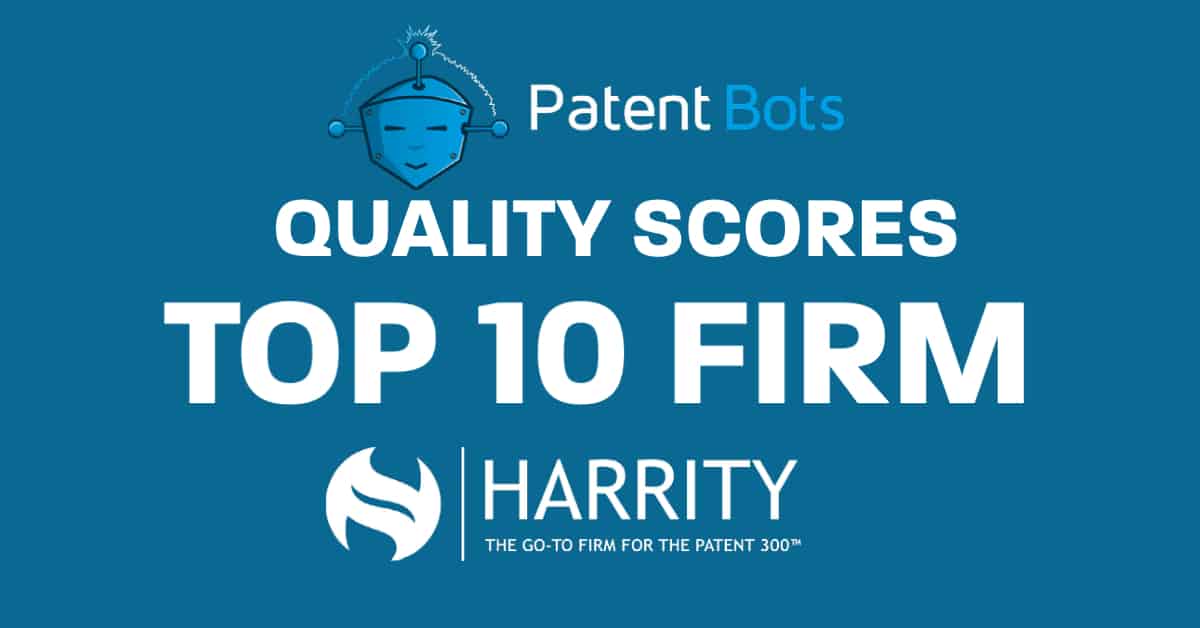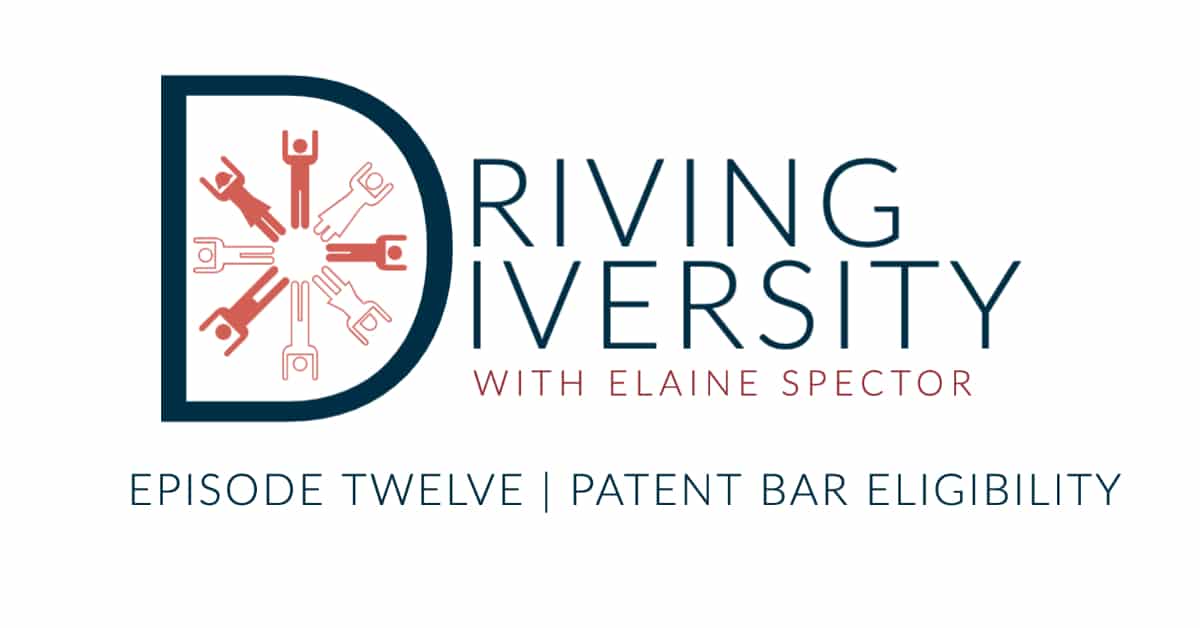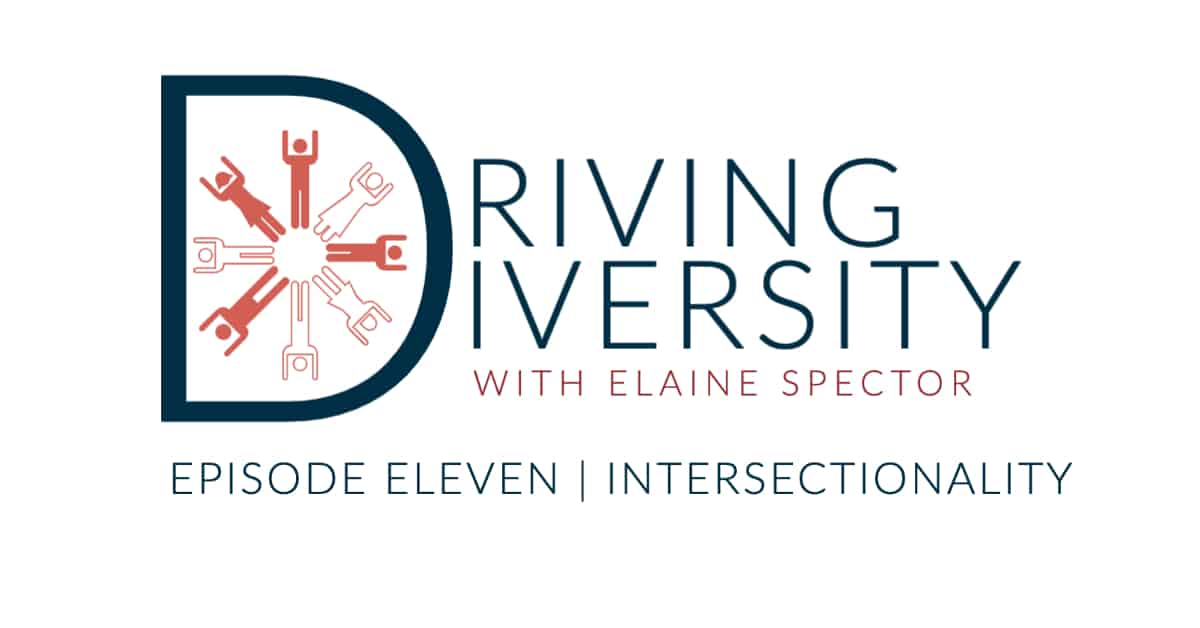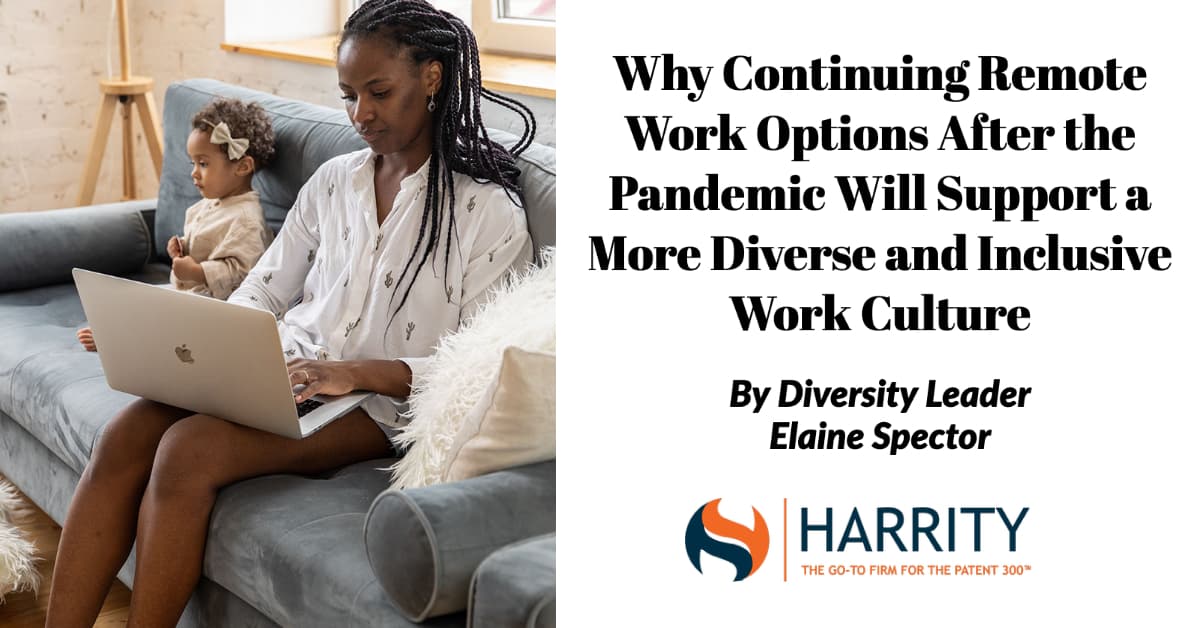Why Continuing Remote Work Options After the Pandemic Will Support a More Diverse and Inclusive Work Culture
By Elaine Spector
Women have been advocating for change with regard to work/life flexibility for years. For decades, choices for women starting a family while working in a law firm setting have been limited: either return to work full-time to stay on the partnership track or return to work part-time and be put on the dreaded “mommy track.” Women in partner roles would often return to work within days of giving birth. That is just how things have always been, the model many women had no choice but to follow. So, it is no surprise that many women, myself included, defaulted to the “mommy track,” or worse yet, left the practice of law entirely.
In addition to a lack of flexibility regarding part-time work, law firms have been reluctant to allow flexibility with regard to remote work. Often, law firms equate lawyers who want to work remotely with a lack of commitment. As such, if a law firm actually agreed to a remote work arrangement, the lawyer working remotely would be taken off the partnership track.
While the pandemic has been a struggle across the world, a lot of women are quietly cheering from their homes. Finally, our employers are forced to allow us to work remotely, and now they see that we can work well at home. In fact, for some of us, working at home is where we shine. We are happy, less stressed, and feel some sense of control and balance. At least, that is the way I feel.
I began working remotely a few years before the pandemic hit. My firm allows for any lawyer at the firm, regardless of the numbers of hours they work or whether they show the requisite face time in the office, to make partner. And I did. Remotely. Working part-time hours. Many of my female colleagues at other firms have reached out to me to ask, “How can we keep the remote work going?” “How do we continue to develop relationships and culture within our firm?” and “Can someone make partner while working remotely?”
As offices begin opening back up, I encourage law firms to look at this time as an opportunity to re-evaluate their outdated policies regarding remote work. Despite the physical separation, you can build a firm culture focused on nurturing relationships. Relationship building is the core of culture, inclusion, and ultimately, success at your firm. Here are five tips to improve your firm culture while working remotely.
- Assign each lawyer in leadership an associate or member of support staff to meet with weekly.
It is critical to continue to build relationships in the remote work environment. How do we replicate water cooler conversations? One way is to require leadership to meet weekly or biweekly with both lawyers and support staff via a video call. This type of face-to-face interaction is so much more engaging than a telephone call, as we have all experienced over the past year. When holding the call, talk about your life to whatever extent you feel comfortable sharing, just as you would at the water cooler. Set up a rotation within the firm, so that leadership is meeting with different individuals throughout the year and be sure to mix it up from those who typically work closely together. This personal connection, untied to any pressing work matters, will transform your internal relationships.
- Hold monthly firm-wide meetings.
Get in the habit of holding monthly firm meetings, which include both lawyers and support staff. The firm meeting is a great place to talk about your shared vision, to highlight people who have done exceptional work that particular month, and to address any issues that might need attention. The firm meeting is also an opportunity to get to know each other. Have a few employees present about their families/backgrounds, or cultural holidays and celebrations. The days of keeping your family and work life separate are over! An appropriate overlap, where employees feel the firm knows what is important to them, will make everyone feel more comfortable and supported in the workplace.
- Form firm committees that meet regularly.
A game changer at our firm was when one of my colleagues suggested forming committees focused on firm goals, such as diversity, employee relations, recruiting, automation, and new client development. These committees perform optimally when the majority employees of the firm participate in at least one committee. It is important to firm culture and work satisfaction that everyone at your firm has a voice, which also inspires innovation and progress. The committee work furthers important objectives at your firm, while forging important relationships among your employees as they work together to create and implement new initiatives and reach common goals.
- Start a Book Club.
A virtual book club is yet another way to build relationships among employees of your firm. The topics can range from fiction, to self-help, to business-oriented books. A book club allows support and professional staff yet another way to get to know each other on a personal level, which is important for firm culture. Participants can grow better through sharing their perceptions of what was read and have a better sense of camaraderie. When employees feel seen and valued, the work environment becomes so much more effective and fulfilling.
- Talk to your staff virtually.
It is important to replicate face-to-face meetings as much as we can. These interactions are crucial to developing meaningful relationships. Face-to-face meetings allow you to see expressions on your colleagues’ faces and talk on a more personal level to allow for a more understanding culture. Make it a policy at your firm, that when you would ordinarily walk into someone’s office, to instead, make a quick Zoom or Teams call with video always on. After all, you wouldn’t force your colleague to speak to you through a closed door in the office – why make them talk to a blank screen? Again, virtual face-to-face meetings are integral to developing a highly effective, remote working environment.
CONCLUSION
It is far past time to shift perspectives from the old rigid mindset to embracing a more diverse work force. One where we, as women, don’t have to give up the important job of raising our children, while also providing top quality service to our clients. In addition, lawyers should not be excluded from partnership because they work remotely or prefer to work a reduced schedule. An attorney can contribute just as much to the success and advancement of the firm, its culture, and its future without packing in the hours. In fact, the benefits of working a flexible schedule may contribute to more growth and innovation in the firm, as, from my own experience, those who work reduced-hours tend to be less stressed and more engaged. Flexibility is essential for advancing talented women and other lawyers seeking balance in their life and careers.
Law firms have essentially two options for proceeding when offices begin opening back up. Return to the way you ran things, pre-pandemic, with rigid work policies and lack of flexibility. Or, embrace the future, where environments of flexibility and freedom reap the benefits of a happy and productive workforce. You choose.







